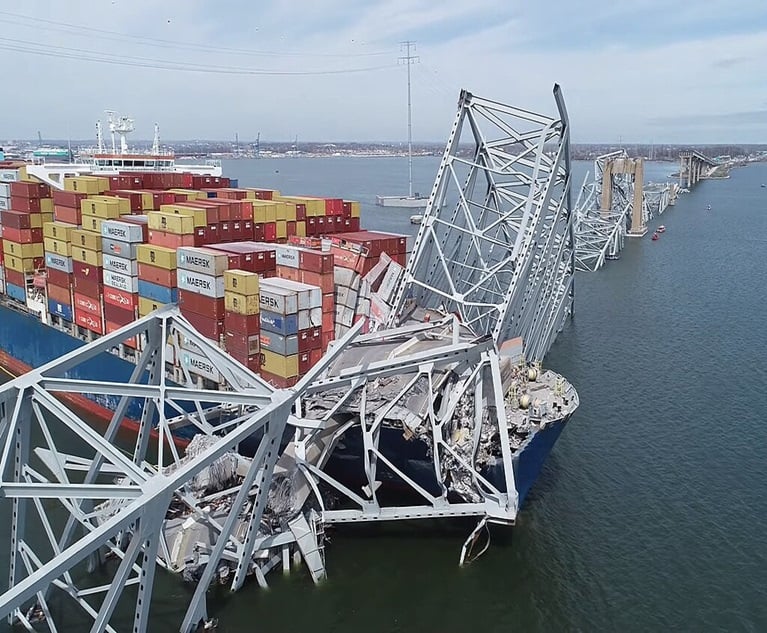The pervasive deep freeze that has blanketed much of the U.S. iscausing a host of problems for homeowners – everything from whereto put several feet of snow when shoveling to preventing ice damsand leaks on snow-covered roofs.
|Another issue impacting a lot of residents involves frozen waterpipes. As the water in pipes freezes it expands, creating as muchas 2,000 pounds of pressure per square inch, enough to cause almostany pipe filled with water to rupture. The bad news is that a burstpipe can releases hundreds of gallons of water per hour, causingthousands of dollars in damage to repair.
|At risk are pipes in unheated parts of a building, exposedpipes, those in or along outside walls of a structure, pipes undera sink by an outside wall, and any in unheated attics orcrawlspaces. Pipes in townhomes, single-family homes andmulti-family units can freeze under the right circumstances.
|Homeowners and renters should check their insurance policies tomake sure they are up to date and will cover damage that could becaused by frozen or otherwise broken pipes. The best time to checkis before it becomes an issue.
|So what are some signs that you might have a problem with yourpipes? Here are five things to look for.
||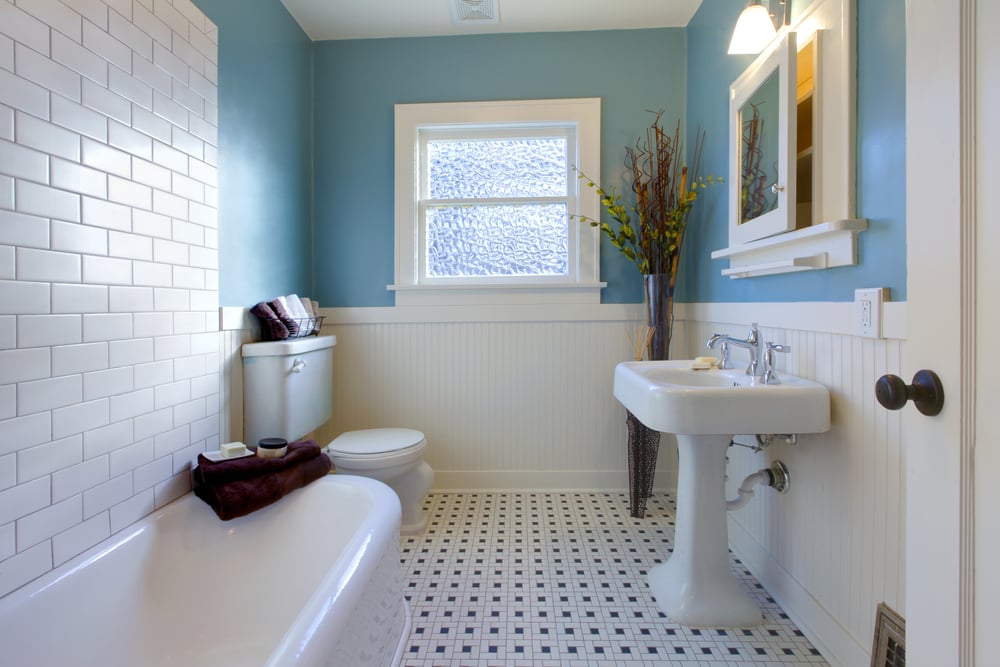
1. Unusual sounds
|“When you flush the toilet or use the sink, air that cannotescape to the sewer lines will create a bubbling noise,” explainsHoward White, CR, executive vice president of Maxons Restorations,Inc., in New York City. “This can be a sign that there is a brokenpipe and it should be inspected.”
|Other noises to watch out for include whistling, banging orclanking. If a pipe is dented or damaged, a portion of the pipe maybe too small for the water to pass through and it may emit awhistling sound. “If a whistling sound suddenly occurs, it shouldbe checked out as soon as possible,” says White. “Increased waterpressure on compromised pipes can cause the pipe to burst.”
|Sometimes loose pipes can bump into each other, causing aclanking sound and tension that could lead to holes or leaks.
||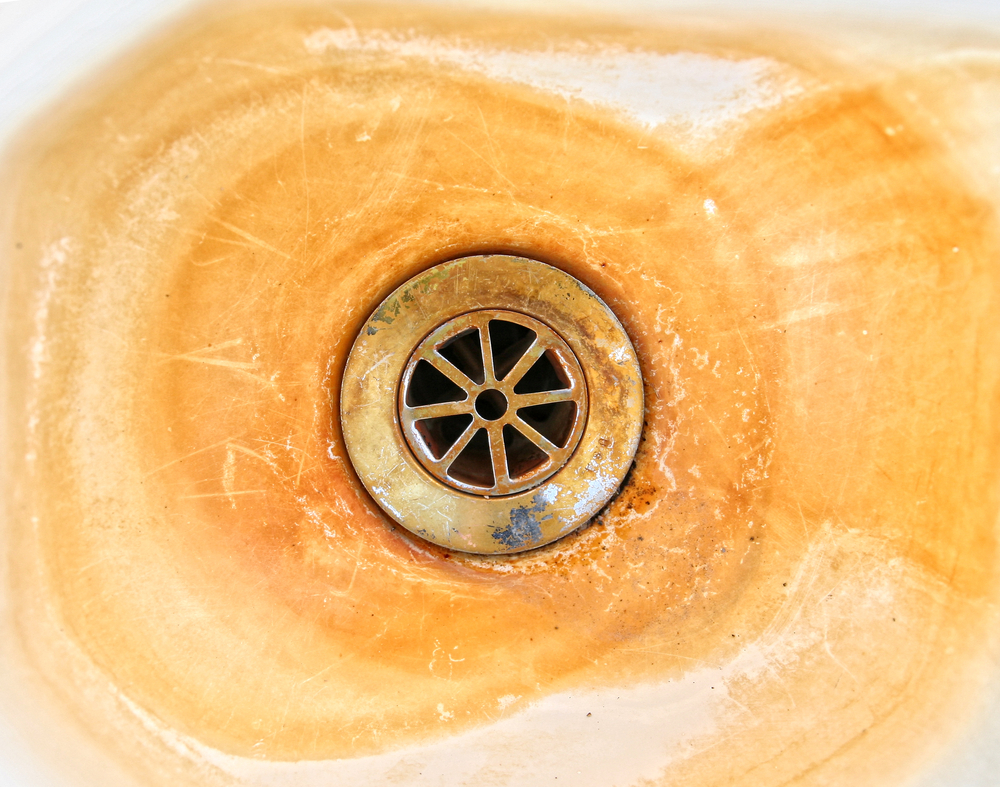
2. Odors
|Sewage has a distinctly unpleasant odor and can be a deadgiveaway that something is wrong. If drains, sinks, toilets orother areas have strong odor, that can be a sign that there is abackup or broken pipe.
|Pay particular attention to sinks, toilets and drains on thelower level of a home or building.
||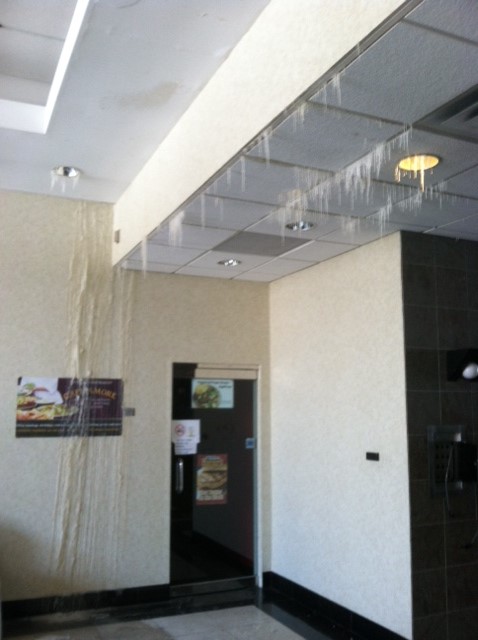
3. Damp Drywall
|Leaking pipes will release water and damp drywall or wet ringson the ceiling are definite indicators that there is a problem.Water coming from drop ceilings or dripping from a ceiling thatisn't just below a roofline are other signs.
|Also look for puddles or places where water may be accumulatingthat it shouldn't. Sink holes in the yard could be a sign thatthere is a break in one of the main underground pipes.
|Photo: Maxons Restorations, Inc.
||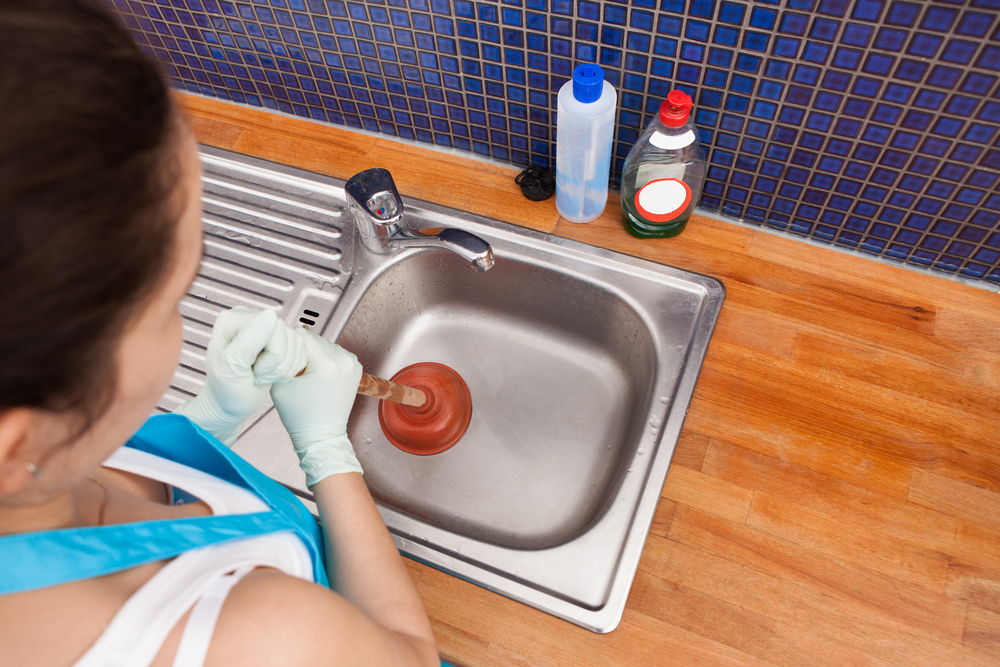
4. Persistent plumbingissues
|If you turn the water on and nothing comes out, that's anindication that something is wrong. Water that smells funny or isdiscolored could be another sign of a plumbing issue. If the watercomes out slowly or in an uneven stream, there could be a break orclog in the pipe.
|Persistent clogs are another indicator. “Whether it is a cloggeddrain or a slow-flushing toilet, any problem that is persistent isan indicator that something is wrong,” says White. “Broken pipesaren't the only reasons these conditions will exist, but theyshould not be ruled out.”
||
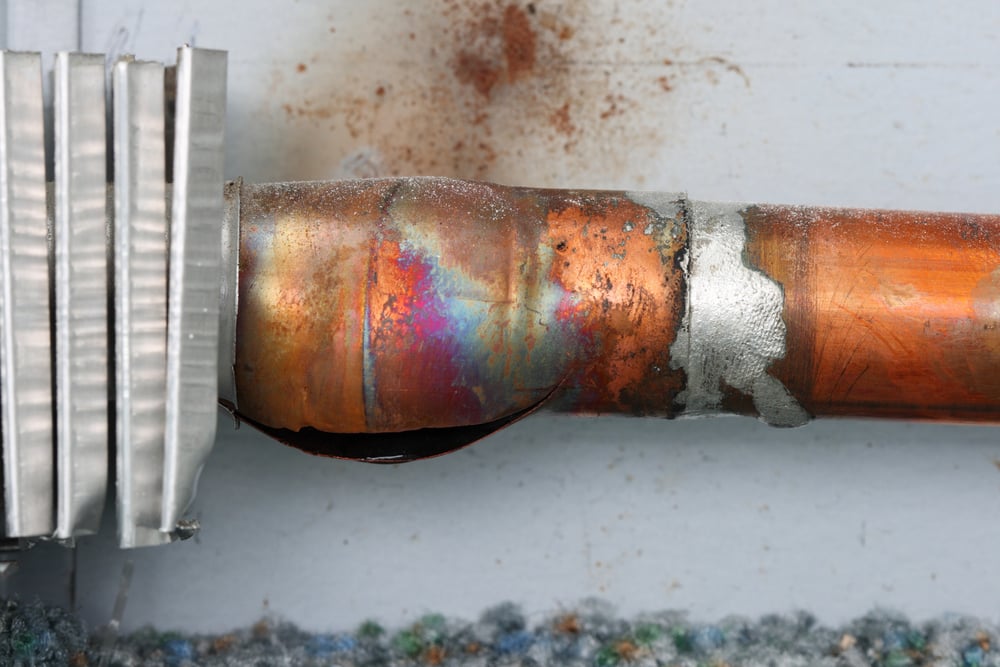
5. Wet or iced pipes
|For pipes that are exposed, it may be easy to see that frost hasbuilt up on them or that there is condensation on the pipes. Thisis an important warning sign before turning on the faucet.
|Bulging pipes are another indication that they are frozen (thinkof a python that just had something to eat). Check all pipes on theproperty since one pipe may be an indicator that others have frozentoo.
|Once you've determined that a pipe is frozen, there are severalsteps you can take to thaw the pipes and hopefully minimize anydamage.
||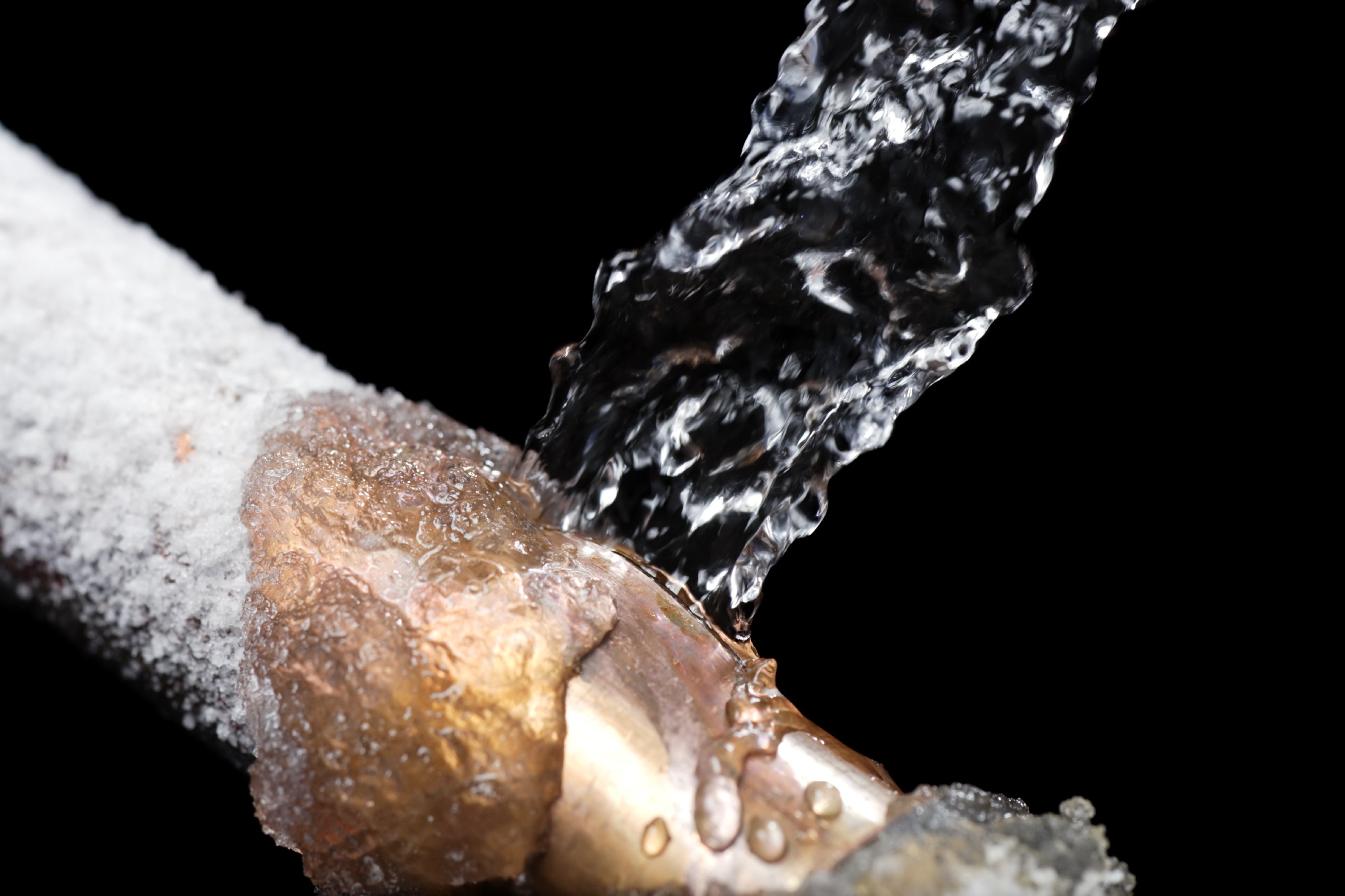
Thawing frozen pipes
|First, turn off the water to either that section of the house orto the entire home if that is the only option. If the frozen pipeis slowing the flow of water, when the ice dam is removed, waterwill quickly flow out of the pipe.
|Next, open the faucet of the frozen pipe to allow water to flowthrough and relieve the build-up of any pressure. Running waterthrough the pipe will also help to melt any ice in the pipe.
|Apply heat to the section of frozen pipe. This can be done bywrapping a heating pad around the pipe, heating it with a blowdryer, wrapping the pipes in towels soaked in warm water or using aspace heater to heat up the area where the pipes are located. Keepapplying heat until the water pressure is restored and the waterflows through freely. If you can't identify the location of thefrozen section, then a plumber should be called.
||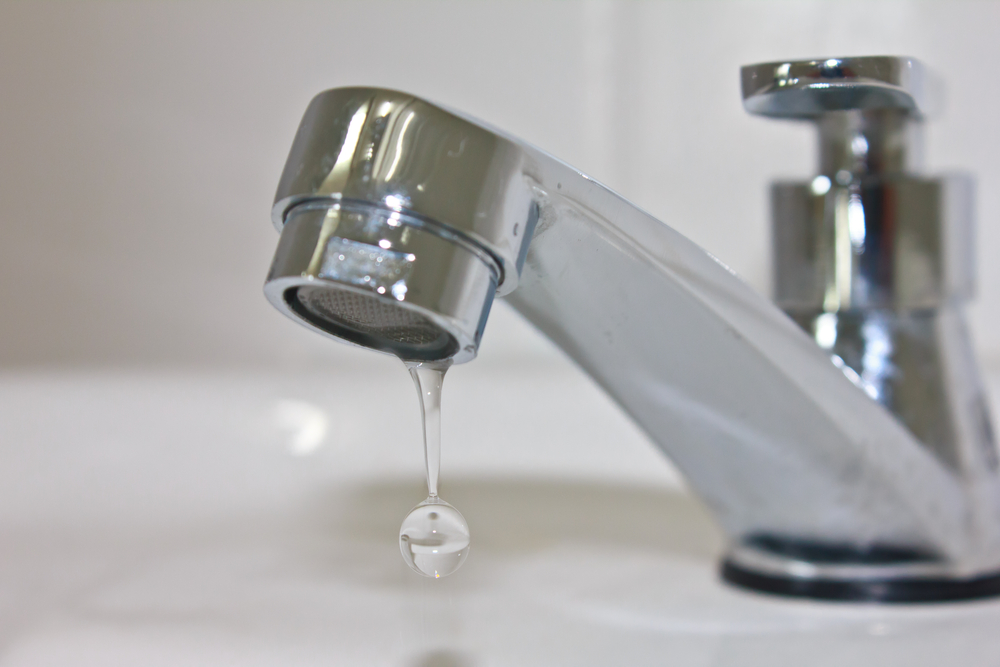
White says there are several steps homeowners and renters cantake to prevent frozen pipes.
- Let faucets drip cold water in extremely cold weather,especially overnight when temperatures are at their lowest. While asmall flow of water will not prevent a pipe from freezing, it willprevent it from bursting.
- For pipes under a sink, open the cabinets to allow warm air tocirculate in the area.
- Wrap kitchen and bathroom pipes with old newspaper or towelsand use duct tape to secure them in place.
- If you will be gone overnight during an extreme cold spell,leave the heat on in the house or apartment.
- If supply lines run through a garage, make sure to keep thedoors closed.
Anyone leaving their home for an extended period of time duringthe winter should either have their pipes drained or leave thethermostat set no lower than 55-60 degrees. If there is a poweroutage or extreme cold, it won't take long for the interiortemperature to drop to a dangerous low, allowing the pipes tofreeze.
|A burst pipe left unchecked for days can release hundreds ofgallons of water. Make sure someone checks the home on a regularbasis – especially during extreme temperatures.
Want to continue reading?
Become a Free PropertyCasualty360 Digital Reader
Your access to unlimited PropertyCasualty360 content isn’t changing.
Once you are an ALM digital member, you’ll receive:
- All PropertyCasualty360.com news coverage, best practices, and in-depth analysis.
- Educational webcasts, resources from industry leaders, and informative newsletters.
- Other award-winning websites including BenefitsPRO.com and ThinkAdvisor.com.
Already have an account? Sign In
© 2024 ALM Global, LLC, All Rights Reserved. Request academic re-use from www.copyright.com. All other uses, submit a request to [email protected]. For more information visit Asset & Logo Licensing.



